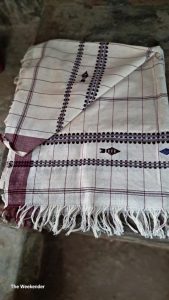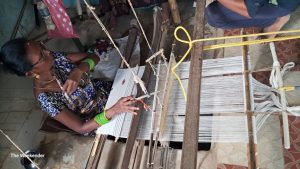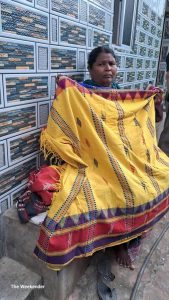
Kotpad Sarees: The Timeless Elegance of Odisha’s Tribal Weaves
Kotpad weaves are traditional handloom sarees that originated in the “Kotpad” block of Koraput district in Odisha, located on the eastern side of India. Kotpad handloom is known for using unique Natural Dyes and Kotpad motifs. It is known for its unique natural dyeing process and eco-friendly weaving techniques, primarily practiced by the weavers of the Mirgan community.
India has several types of saree known for sustainable fashion, like the chikankari in Lucknow, the bandhani in Gujarat, and the kanjivaram in Tamil Nadu. Each of these saree textile designs has a rich historical background. Similarly, Kotpad also has an interesting origin story.
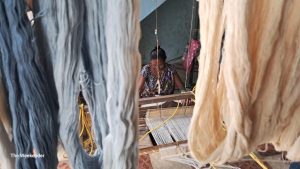
Key Features of Kotpad Weaving:
Natural Dyes:
The fabric is dyed using organic colors extracted from the Aul tree (Morinda citrifolia or Indian mulberry), which gives a distinctive reddish-brown or maroon hue.
Other natural dyes like iron ore (for black) is used.
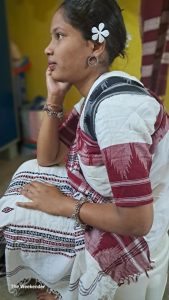
Fabric & Designs:
Kotpad is traditionally woven in cotton and sometimes silk-cotton blends.
The designs are minimalistic, featuring geometric patterns, tribal motifs, and stripes.
The fabric is lightweight, breathable, and soft, making it ideal for sarees, stoles, and dupattas.

Weaving Technique:
Done on pit looms using a slow, manual process.
The yarn is first treated with cow dung, ash water, and castor oil before dyeing to enhance color absorption.
Cultural Significance:
Kotpad sarees are often worn by tribal communities during festivals and weddings.
The craft received the Geographical Indication (GI) tag in 2005, recognizing its uniqueness.
Challenges & Preservation Efforts:
Declining demand due to competition from cheaper, machine-made fabrics.
Efforts by the government and NGOs to promote Kotpad weaving through exhibitions and e-commerce platforms.
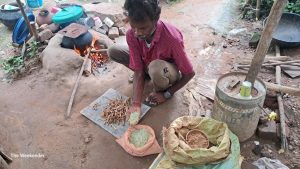
Different colors and motifs are woven into the saree
The use of natural dyes and Kotpad motifs has been widespread among many customers. One of the reasons for its recent popularity is the strategy of the Indian dyeing industry to promote natural colors and organic elements. The handloom industry has recognized the importance of using unique motifs and natural dyes.
This is why Kotpad weaves are so popular. It uses different shades of colors and merges them with unique motifs designed by the Kotpad weaving community of Odisha. They use other Kotpad motifs and a natural color scheme to create beautiful sarees.
In 2018, one of the master weavers, Gobardhan Panika, was awarded the Padma Shri by the government of India. There is a popular documentary on the handloom of Odisha titled “Kotpad Weaving: The Story of a Race Against Time.”
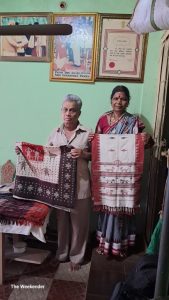
How to Reach Kotpad, Koraput
By Air: The nearest airport is Jeypore Airport (about 50 km from Kotpad), which is now functional for small commercial flights. Alternatively, Visakhapatnam Airport is about 220 km away and is well-connected to major Indian cities.
By Train: Koraput Railway Station is the nearest major railhead (around 50 km from Kotpad). Koraput is well connected to cities like Bhubaneswar, Rayagada, and Visakhapatnam.
By Road: Kotpad is about 50 km from Koraput town. Taxis and private vehicles can be hired from Koraput or Jeypore. The roads are motorable and the drive is beautiful, especially during winter and post-monsoon.
Best Time to Visit
The uniqueness of the Koraput weather is the frequent rain. A hot day is almost invariably followed by a rainy night. So weather-wise, you can visit any time. However, the weavers are not too fond of rain. The Kotpad process still follows age-old practices where sunlight is important for getting the shades of the dye right, as well as drying the threads.
